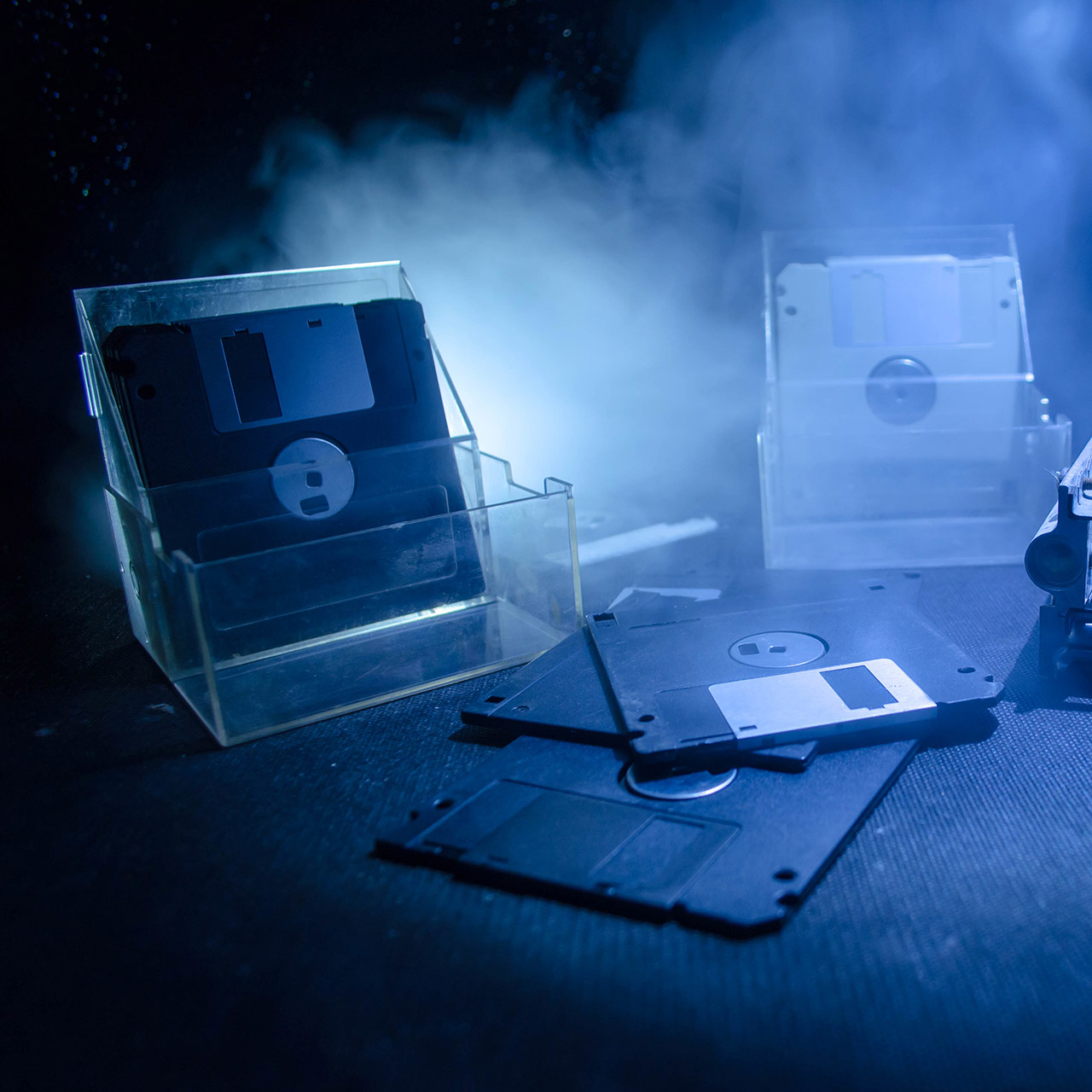Companies managing their activities on IBM AS/400 systems or their successor technology, Power Systems, often do so because the software and hardware have overall aged well and still perform reliably. But, at some point, they may miss out on the benefits of emerging technologies or more usable, versatile ERP, and it will be time to modernize. That can be accomplished with a minimum of risk and disruption.
When IBM introduced the AS/400 systems in 1988, it was a powerful, integrated combination of hardware and software, with its own OS/400 operating system and an embedded database. Today, the AS/400 name is no longer entirely correct, but often used as a kind of shorthand to refer to the entire IBM product family with its long history. The most recent generation of what used to be AS/400 hardware is known as Power Systems, and the operating system is called IBM.
Powerful technology, but is it right for you?
Analysts, competitors, and tech innovators have often criticized AS/400 technology for its perceived poor usability and manageability, high cost, and lack of readiness for modern software applications. However, that’s a simplistic take on the technology. Many companies around the world still operate AS/400 computers or later generations of the product. Through the decades, IBM has ensured compatibility, so that software written for the AS/400 many years ago can run and continue to be updated to meet changing requirements on today’s Power Systems. Roughly 100,000 companies currently run their business-critical applications on Power Systems or on AS/400 hardware. Many of their use cases involve data-intense, demanding workloads with high volumes of transactions or many thousands of records in banking, healthcare, or manufacturing. It would appear that IBM is committed to supporting the platform. Published roadmaps for Power Systems extend roughly ten years out.
Criticism leveled at AS/400 and Power Systems technology sometimes claims that it is not modern, is not fully ready for the cloud, offers poor usability, and incurs a high IT administrative workload. The strength of such arguments hinges on the specific businesses using the IBM solutions and their ability to manage them effectively in alignment with modern computing requirements.
Usability depends on your people
For example, the usability of the AS/400 and Power Systems very much depends on who the actual users are. Sometimes we meet companies where business processes have hardly changed in many years, and old green-screen systems are still in operation. That tends to be jarring for today’s professionals, who expect to interact with role-optimized, intuitive, pleasant-looking screens when they use modern productivity applications or perform just about any task on a mobile device.
On the other hand, if the primary users are systems managers who help others review data or produce reports for them, the appearance and intuitiveness of the screens may matter less. Of course, that also bolsters the point often raised about the high IT workloads and dependency on IT support caused by AS/400 and Power Systems technology.
Generational change and skills shortages
Generational change is a valid concern when it comes to extending the long-life span of legacy systems. The talented, early- or mid-career professionals companies want to attract and retain appreciate modern, well-designed, powerful software and devices that enable them to engage and communicate wherever they are and at any time. If your industry is particularly affected by generational change—for example, manufacturing, with hundreds of thousands of open positions in the near term—you might want to consider the role of technology in hiring and empowering people. At a time when, according to various reports, a large percentage of younger workers state that hard-to-use, restrictive technology tools would compel them to seek employment elsewhere, the persistence of green screens and other legacy features may not be in your best interest—even if they are still functional.
Another aspect of generational change is that the Power Systems IBM I platform, and its predecessors require specialized skills to run and maintain. Many of the workers who supported the AS/400 and its successors throughout their careers have already retired or will soon do so. Companies that want to continue using these systems will have to perform diligent, long-term workforce planning and dedicate significant resources to recruitment, or else, find a managed-services partner to support them. If they treat these efforts nonchalantly, they can find themselves lacking the talent to keep the technology running and stable.
Integration management as a critical line of business for IT
The IT teams in the companies using the AS/400 or Power Systems platforms need to be not just experts in the IBM technologies themselves and effective at extracting data and delivering them to users in a digestible form. Many companies have also built their custom integrations between their AS/400 or Power Systems and modern analytics and business applications. That can make it possible to use, for instance, Microsoft Power BI for business intelligence, drawing on historical, transactional data from a company’s history, expanding the reach of analytics beyond what may be in a modern ERP solution like Microsoft Dynamics 365 or NetSuite.
Such integrations require resourceful, experienced managers to ensure their reliability and keep them running as newer software systems change with new features and other updates. At some point, most companies will need to determine whether the cost and effort associated with this is justifiable compared to migrating their data to a contemporary solution and using that as the single system of record and engagement.
Modernizing in the ERP cloud
Modernization of AS/400 environments is possible and can be performed with minimal risk when it’s planned well. However, different businesses and their technology managers will not always agree regarding what constitutes truly modern technology. Some IT services and cloud-hosting providers specialize in moving AS/400 workloads to the cloud, including Microsoft Azure. That enables companies to continue using their preferred legacy applications on a cloud infrastructure. They can benefit from the resilience, scalability, and security of the cloud. What’s more, the risk of the aging hardware failing is eliminated when computing transitions to the cloud. In a cloud environment, it may also become easier to manage integrations and data flows. However, the usability of AS/400 software will not substantially improve in the cloud, and it may continue to require diligent expert management.
Experts disagree whether Power Systems or even the AS/400 are ready for modern ERP systems. Except for SAP, today’s ERP systems are not designed to run on an AS/400 or Power Systems foundation, so your take on this likely depends on whether SAP is the right fit for your business. For some enterprises with large budgets and influential IT organizations, SAP can be an effective solution for managing business processes with large numbers of records or transactions. But even some of these companies may decide to run Microsoft Dynamics 365 in certain business groups or in areas of their operations where usability, flexibility, and anytime, anywhere access are paramount.
More innovation and productivity, smaller administrative workloads
Most of the companies Sikich is proud to have as clients—manufacturers, professional services firms, life sciences businesses, and others—are best served by today’s leading, cloud-based ERP systems, including Microsoft Dynamics 365. These solutions are designed with usability, resilience, and security top-of-mind. They can easily integrate with business insight and reporting tools on the same cloud platform, where they can also connect with newer technologies such as machine learning or AI apps. Their administrative requirements tend to be a fraction of what legacy systems demand.
If you are running business processes on an IBM AS/400 or Power Systems platform and are interested in making users’ lives easier and enabling them to accomplish more, or if you want to benefit from innovative, robust technology, we should talk. Sikich can help you plot the best course for taking advantage of the best of modern ERP. Efficient, economic approaches to achieving this can involve incorporating your current on-premises technology, migrating data and processes to the cloud, or combining the most valuable capabilities of your legacy technology with modern ERP.
To prepare an AS/400 migration or have your questions answered, get in touch with us today.






